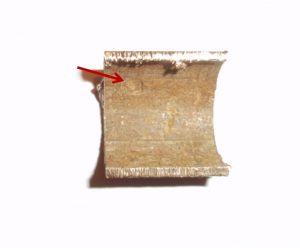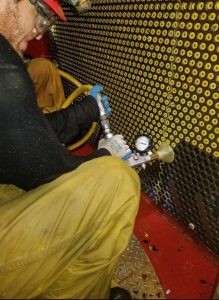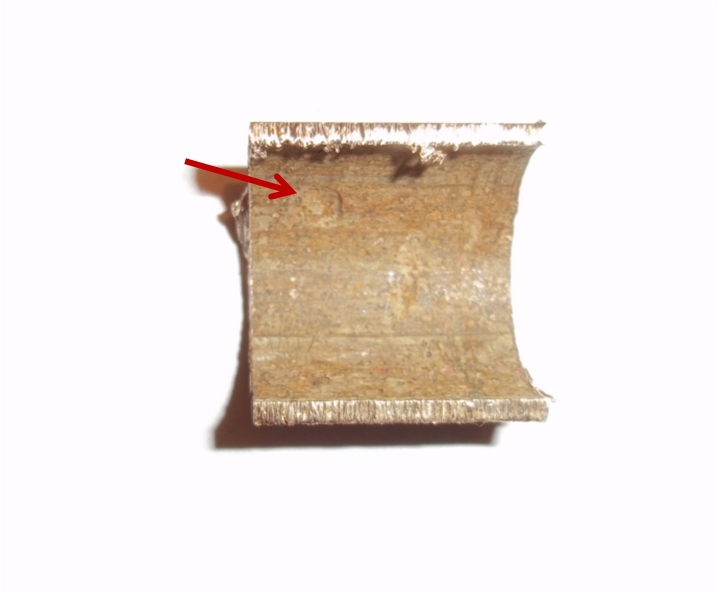Eddy current testing is a popular non-destructive method for inspecting the integrity of heat exchanger and condenser tubing. The unmatched accuracy of the electromagnetic testing method means that it can detect even the most subtle flaws in the wall of your tubing.
Let’s look at the process and how it works.
How does Eddy Current Testing Work?

The test monitors the current in terms of signal phase and signal amplitude. Then it correlates variations in signal amplitude and/or phase angle to conditions of any flaws in the material. Those flaws could be a percent of wall loss or volumetric wall loss, surface-breaking, corrosion, wear, cracking or something else. The result is an extremely accurate test that identifies problem areas in your tubing. It also helps to avoid catastrophic failures in the future.
Does It Work on Every Kind of Tube?
Eddy current testing can only performed on suitable materials. This is because of the test’s electromagnetic nature. Any conductive, non-magnetic or mildly ferromagnetic materials are suitable. Some examples of these materials are nickel alloys, titanium, and ferritic chromium-molybdenum stainless steel.
Other Advantages of Eddy Current Testing
Eddy current testing also has other advantages in addition to its thoroughness and accuracy. The inspection time is relatively low, and the results are more immediate than a physical inspection. Also there is no need for disassembly of the test subject. The ECT probes don’t even have to be in contact with the test subject. Any parts in need of testing require only minimal preparation, hence the non-destructive nature of the test.
Not Just for Tubing
Eddy current testing is used for other applications besides tubing. It is also used to inspect the integrity of bolts and welds, inspecting metal surfaces for defects, detecting corrosion in metal, and testing conductivity to alert you any problems in your heat-treated materials.
So, How Often Should You Test?
Eddy Current Testing should occur every 3 to 5 years. The test should be performed more often if there is damage actively occurring to your system that needs to be monitored. The best time for testing is during an annual inspection to minimize downtime.
It’s always a good idea to test and maintain the health of your tubing. Frequent monitoring for pressure fluctuations and disturbances in your fluid flow rates will help alert you to a problem while it can still be fixed with minimal issues.
Always Clean the Tubes Before Testing!

Condenser and heat exchanger maintenance is important to your process and reliability. Contact us at Projectile Tube Cleaning Inc for help with your system’s maintenance.

